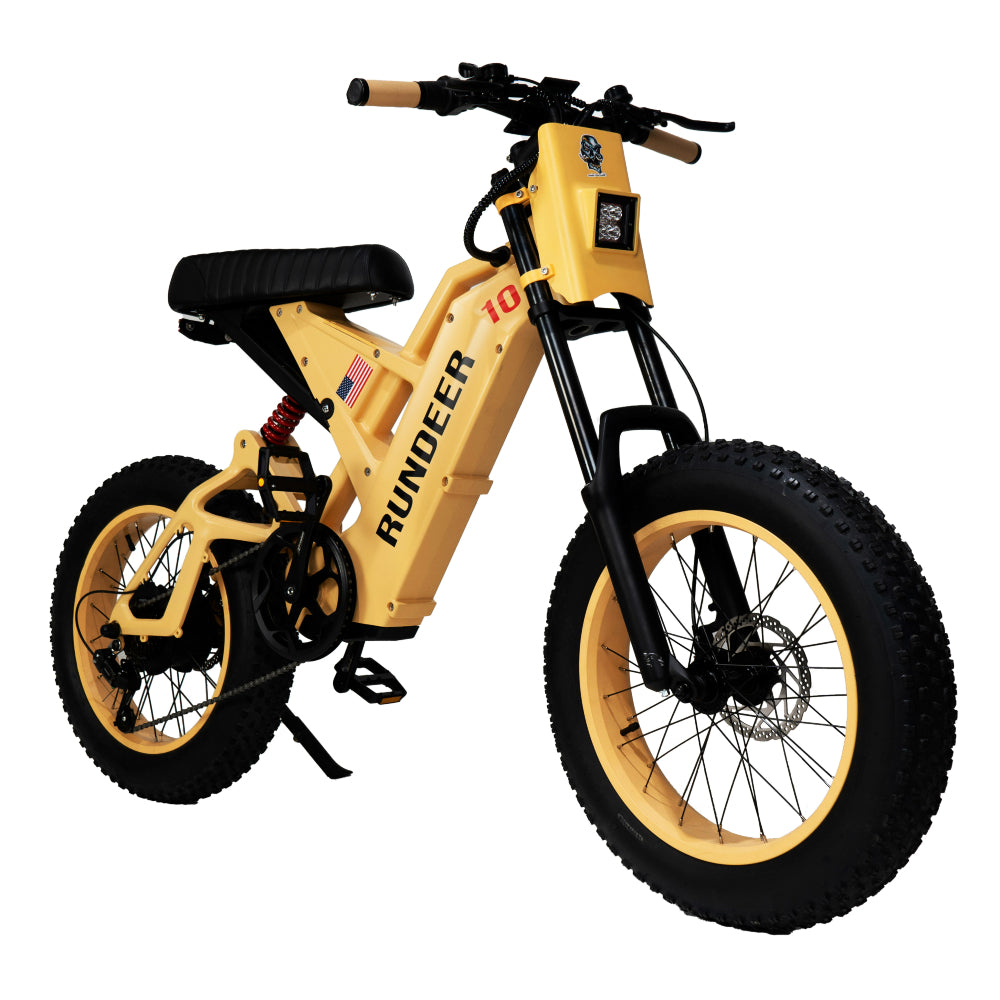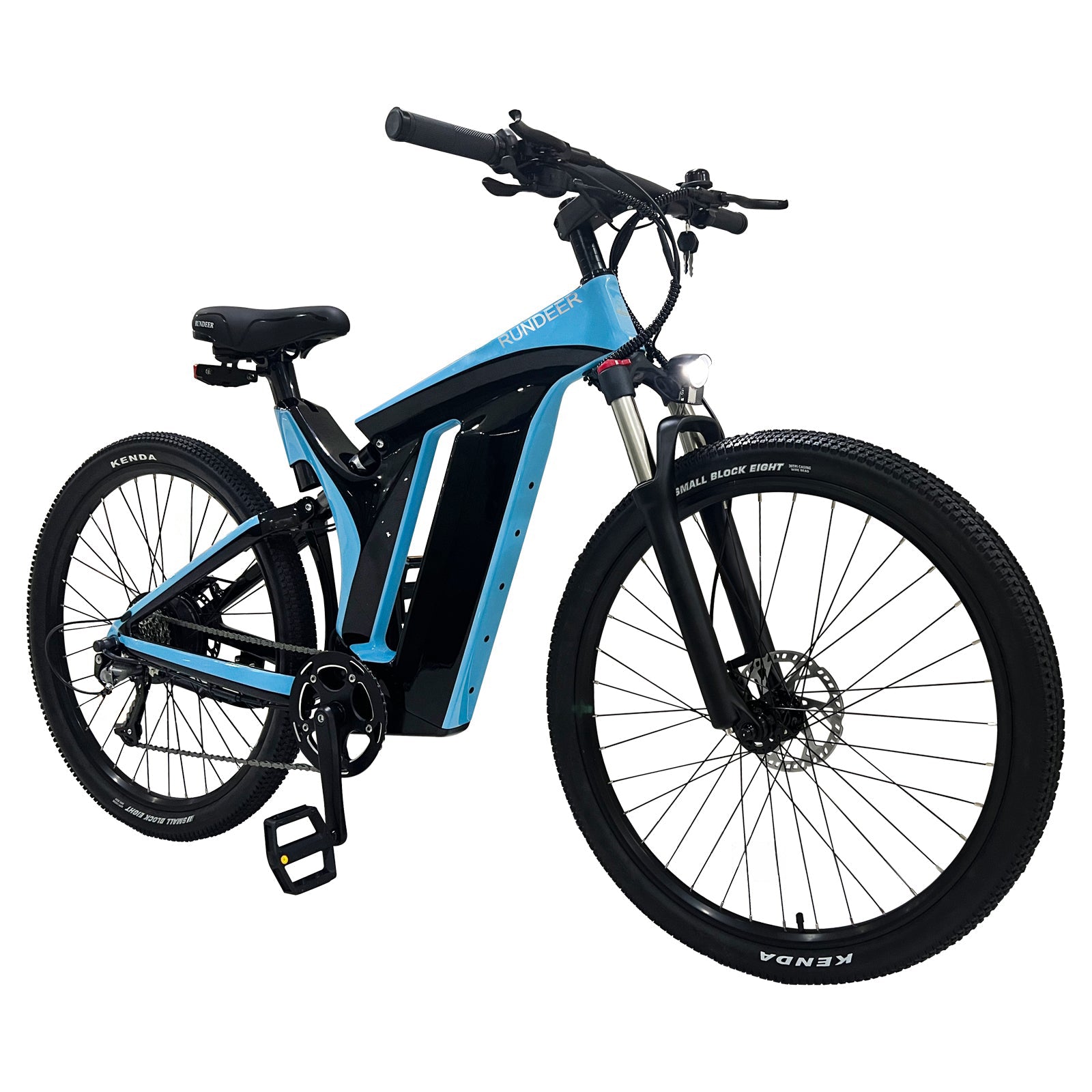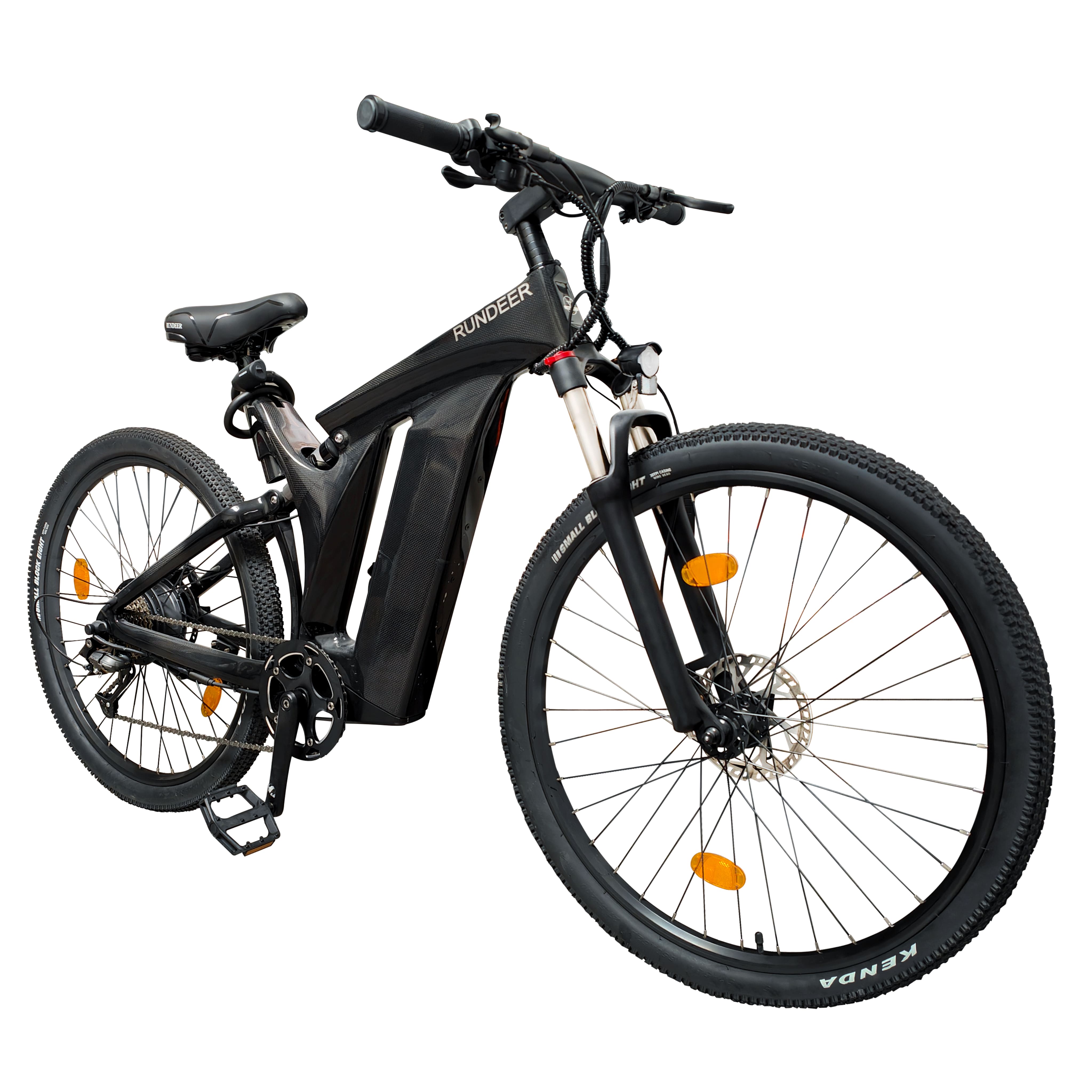
Top 10 Common Misconceptions About Electric Bikes
Top 10 Common Misconceptions About Electric Bikes
1. E-bikes are complicated.
An e-bike undoubtedly has a few extra parts and components, but underneath it all, it is still a bike with tried-and-true parts and technology that have not changed in decades. If you can handle changing tires, altering gears, and adjusting brakes on a regular bike, you can still enjoy doing the same on an e-bike.
E-bikes are a product of the modern era with all the comprehensive and intuitive design that contemporary life prioritizes, even with the newer bits of technology involved. Recharging procedures are getting simple and more practical all the time.
2. E-bikes are big and clunky.
E-bikes should not be significantly heavier than conventional bikes, and many manufacturers have integrated technology into their e-bike user interfaces.
But the integration of batteries and motors and frame construction has reached that degree of design. E-bikes from the past may have been a little awkward and, to be honest, not necessarily that stylish.
3. E-bikes run out of power quickly.
The range (distance) the electric motor can help you go decreases as power consumption increases. However, many e-bikes have an assisted range of 100 miles or more on low-power settings.
4. E-bikes are limited in distance.
Yes, e-bikes have batteries, and batteries do not last endlessly. Once the battery is gone, you can still use the e-bike as a regular bike. E-bikes can aid you for up to 40 miles of riding, but after that, it is entirely up to you how far you want to go without assistance. Only your spirit of adventure will determine how far an e-bike can go (and energy level).
5. E-bikes are too fast.
Most e-bikes move at speeds similar to bicycles. The motor on Class 1 e-bikes shuts off as the user hits 20 mph. Not the average speed, but the maximum assisted speed. Class 1 e-bikes often move two to three miles per hour faster than conventional bikes on flat and inclined surfaces.
According to studies, depending on the terrain and the rider's power, e-bikes can sometimes be slower than traditional bikes.
6. E-bikes are cheating.
We prefer to believe that e-bikes empower people rather than cheat. E-bikes open up crucial chances for biking for everyone, from senior riders to those with longer commutes to those who are coping with health difficulties. While we do not claim they are appropriate for everyone, we do think that having more riders benefits not only the individuals who ride but also the community as a whole.
7. E-bikes are not safe.
Recent e-bike safety concerns, particularly the iconic back-breaking tragedy involving Simon Cowel, have received media attention and highlighted legitimate safety concerns. Since pedal-powered bikes are still a relatively new phenomenon in the United States, there is not as much information available about their safety as in other countries.
Nevertheless, preliminary research and data from other countries have shown that e-bikes are just as safe as regular bikes. Any activity that involves speed, a motor, traffic, and various terrain conditions carries some risk. In other modes of transportation, an e-bike rider's safety mostly depends on how they operate it.
8. E-bikes require lots of extra maintenance.
It is significant to keep in mind that e-bikes are fundamentally still bikes. E-bikes employ the same gears, chains, and brakes as conventional bikes. E-bike maintenance is comparable to traditional bike maintenance on a fundamental level.
The amount of maintenance required for an e-bike is greatly influenced by usage, just like traditional bikes. For instance, a daily rider's bike will require more routine maintenance than a weekend leisure rider's bike.
9. E-bikes are too expensive.
Many of the annual expenses associated with owning a car, using Uber, or using public transportation are eliminated by electric bikes. Even though maintenance is always necessary, the cost of an e-bike is much cheaper than the average cost of gasoline ($250+ per month), auto payments, insurance ($900+), maintenance, and parking combined! A high-quality, high-performance e-bike costs between $1,800 and $3,000. With all these costs combined, you are guaranteed to see a sizable return on your investment.
10. E-bikes are only for old people.
The average age of an e-bike rider in Europe is 48, so admittedly you are statistically more likely to encounter someone in their middle age riding one, but it does not mean they are only for older riders. For people who are physically unable to ride bikes without assistance, electric bikes can offer freedoms that even a non-electric bike cannot.
Additionally, they are enjoyable, simple to use, and perfect for cyclists who wish to ride without perspiring. There are many uses for an electric bike in every age group, from top athletes utilizing them for active rehabilitation to teenagers riding to their friends' houses.
Conclusion
Lastly, some people feel uneasy because of the above mentioned e-bike misconceptions. Most people have been deterred from embracing this revolution by these misconceptions. Riding an electric bike provides affordable solutions to plenty of our lifestyle needs. For the record, they are neither excessively pricy, risky, or dishonest.










